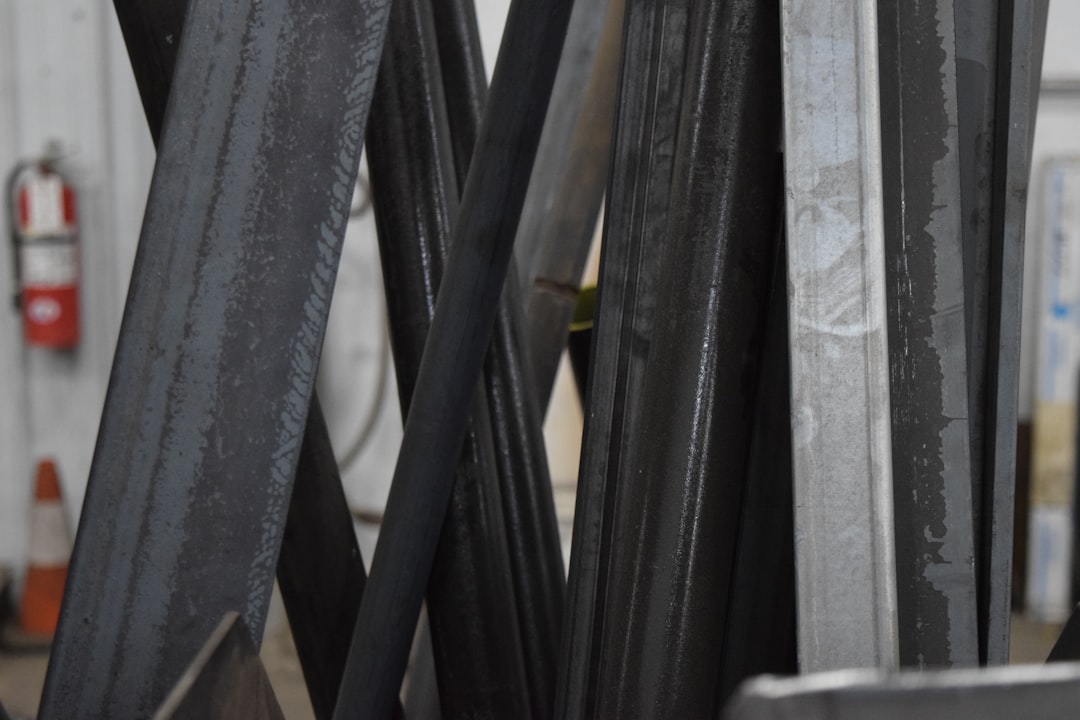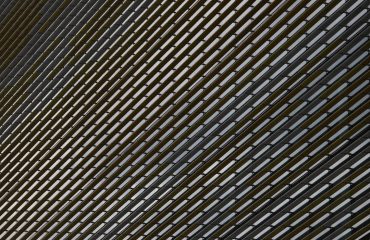Galvanized steel, a ubiquitous material in construction, infrastructure, and manufacturing, owes its widespread use to its exceptional resistance to corrosion. This resistance is not inherent to the steel itself, but rather a result of a protective zinc coating applied during the galvanization process. This post will delve into the intricacies of this protective mechanism, exploring its effectiveness, limitations, and ways to maximize the lifespan of galvanized steel structures.
The Galvanization Process: Creating a Protective Barrier
The galvanization process involves coating steel with a layer of zinc, typically through hot-dip galvanizing. This method submerges the steel into a molten zinc bath at temperatures exceeding 450°C (842°F). The zinc adheres chemically and metallurgically to the steel surface, creating a robust, durable coating. Other methods exist, such as electrogalvanizing (electroplating), which offers a thinner, less robust coating, typically used for smaller components or where a smoother finish is required. The thickness of the zinc coating is crucial; a thicker coating generally provides superior protection and longevity.
How Zinc Protects Steel: A Sacrificial Anodic Reaction
The corrosion resistance of galvanized steel stems from the electrochemical properties of zinc. Zinc is more reactive than steel (iron), meaning it readily oxidizes (rusts) before the steel. This is known as sacrificial anodic protection. When exposed to the environment, the zinc layer acts as a sacrificial anode, preferentially reacting with oxygen and moisture instead of the underlying steel. Even if the zinc coating is scratched or damaged, the remaining zinc continues to protect the exposed steel area through a process called galvanic corrosion. This process ensures that the steel remains protected even with minor imperfections in the zinc coating.
Environmental Factors Affecting Galvanized Steel’s Longevity
While galvanized steel offers excellent corrosion resistance, its longevity is influenced by various environmental factors. Highly corrosive environments, such as those with high salinity (coastal areas), industrial pollutants (acid rain), or high humidity, will accelerate the degradation of the zinc coating. The rate of corrosion also depends on the thickness of the zinc coating, the steel grade, and the presence of other corrosive agents. Regular inspection and maintenance are crucial in these harsh environments to mitigate potential corrosion issues.
Limitations of Galvanized Steel: Understanding its Weaknesses
Despite its superior corrosion resistance, galvanized steel is not impervious to degradation. While the zinc coating provides excellent protection against rust, it can be susceptible to other forms of corrosion, including:
- White rust: This is a zinc corrosion product that forms under specific conditions of high humidity and limited air circulation. It’s primarily a cosmetic issue but can indicate potential future problems.
- Alkaline corrosion: In high-alkaline environments, the zinc coating can be susceptible to corrosion.
- Hydrogen embrittlement: During the galvanizing process, hydrogen can be absorbed into the steel, potentially leading to embrittlement and reduced strength. This is usually controlled through careful process management.
Understanding these limitations is key to selecting appropriate materials and implementing proper maintenance strategies.
Maximizing the Lifespan of Galvanized Steel: Maintenance and Best Practices
To maximize the lifespan of galvanized steel, regular inspection and maintenance are crucial. This includes:
- Regular cleaning: Removing dirt, debris, and corrosive substances from the surface helps prevent localized corrosion.
- Protective coatings: Applying a suitable protective coating, such as paint or powder coating, can further enhance corrosion resistance, especially in harsh environments.
- Careful handling: Avoiding damage to the zinc coating during transportation, installation, and use is essential to maintain its protective properties.
- Proper design and installation: Ensuring proper drainage and ventilation can help prevent the accumulation of moisture and prevent white rust formation.
- Prompt repair: Addressing any damage to the zinc coating promptly can prevent further corrosion.
By following these best practices, the lifespan of galvanized steel structures can be significantly extended.
In conclusion, galvanized steel’s corrosion resistance is a result of the sacrificial protection provided by the zinc coating. While it offers excellent protection in many environments, understanding its limitations and implementing appropriate maintenance strategies are essential for maximizing its lifespan and ensuring long-term structural integrity.




